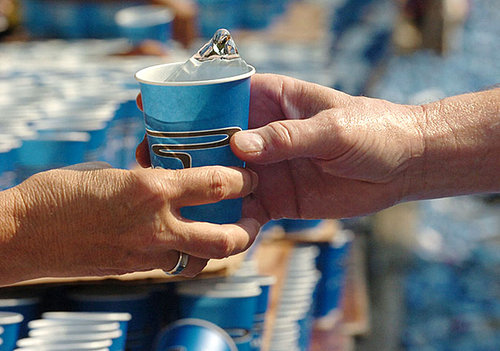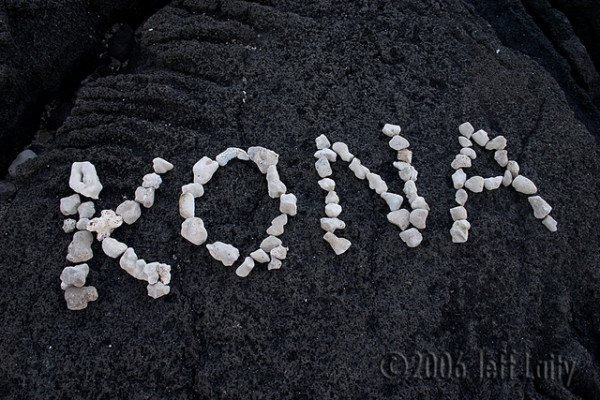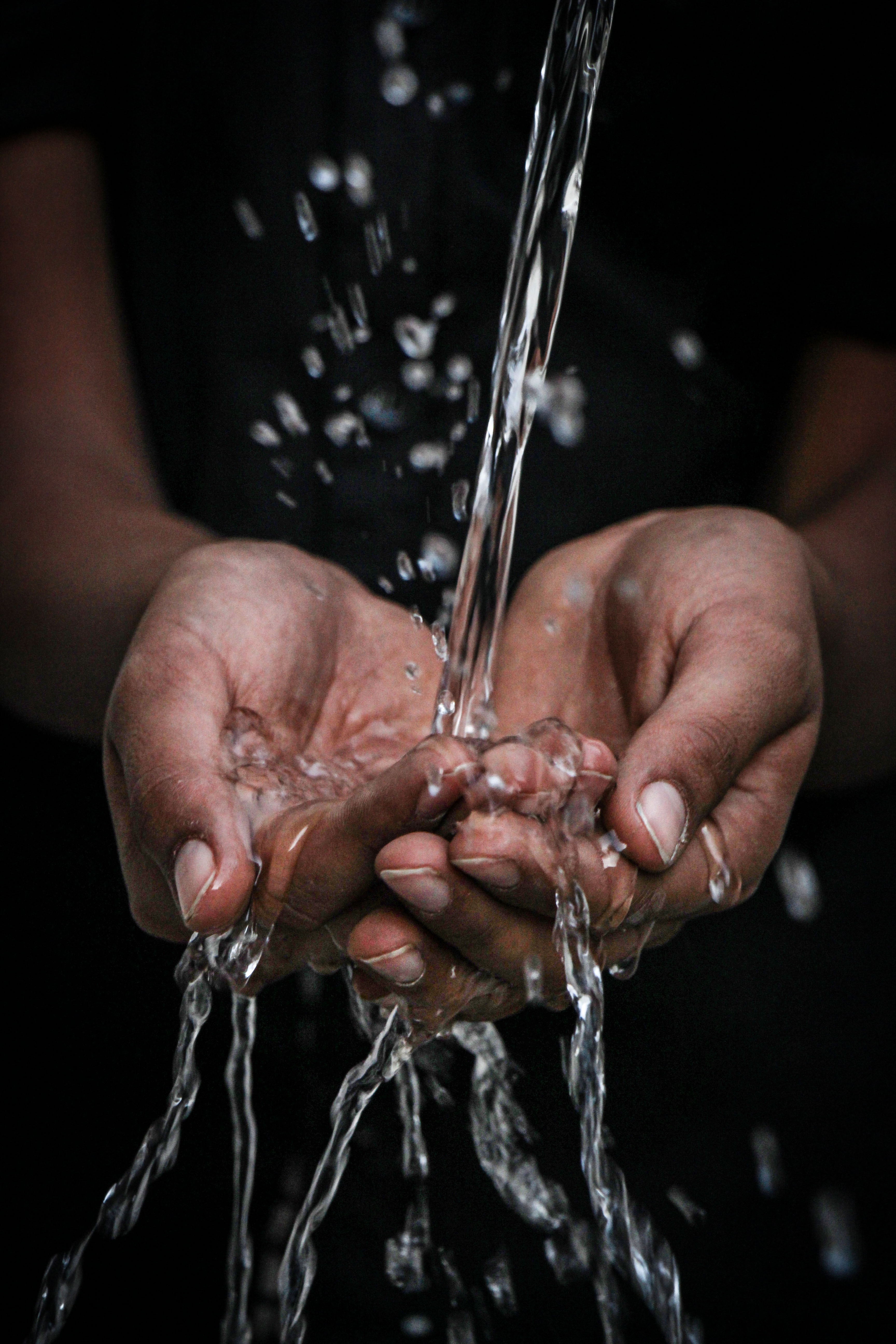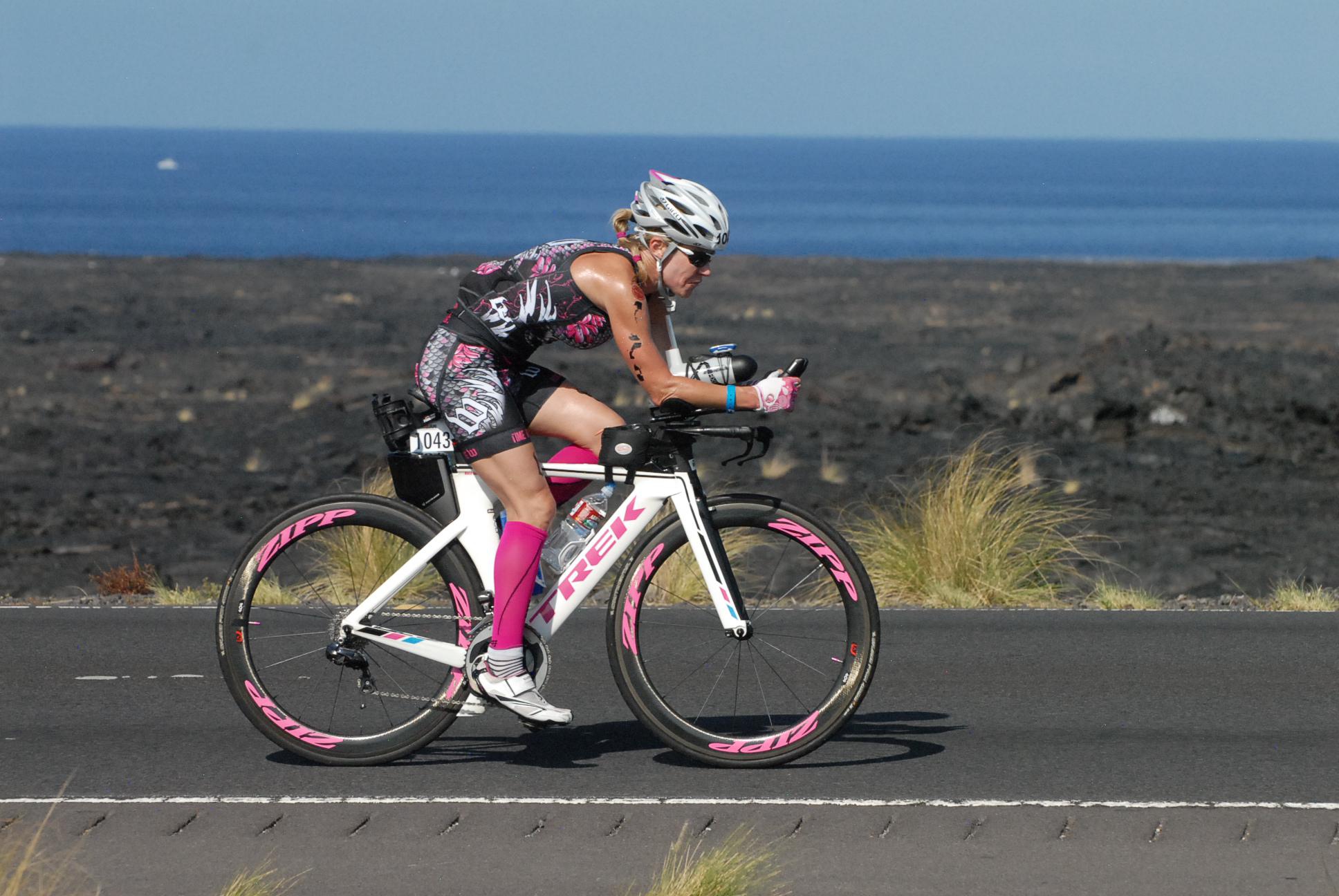Hydration and Electrolyte Replacement for Ironman

Hydration and Electrolyte Replacement
IRONMAN athletes are a unique breed: we’re goal-driven, type-A, and competitive, and we design detailed race and fueling plans to be prepared for any scenario that race day might toss our way. But no matter how prepared we are, there’s one element of nutrition plan that can’t be forgotten: sodium. Whether you’ve got Kona or another humid race on the calendar, take the time now to map out a sodium plan so you can not only avoid a trip to the medical tent, but perform your best.
There are many unknowns when it comes to an IRONMAN race, but the weather in Kona is not one of them. The forecast is remarkably consistent: sunny, windy, and humid, with temperatures in the mid 80s. It’s important to remember that it’s not just heat that can pose a threat to athletes, but humidity—even if you’re used to training in swamp-like conditions.
What you’re up against: Humidity versus dry heat
So what’s the big deal about humidity? We all know that higher temperatures, combined with moderate to high-intensity endurance exercise, leads to higher core body temperatures and higher sweat rates. But it’s the evaporation of sweat, not just the process of sweating, that cools the body; in humid climates like Kona, the air is already full of water vapor, and sweat doesn’t evaporate as quickly. This makes sweating a much less effective means of thermoregulation. Athletes racing on the Big Island can expect body temperature, heart rate, perceived exertion, and sweat rate all to be higher, in addition to losing fluid and valuable electrolytes.
Your body in humidity: Fluid and sodium loss
The number one reason for fatigue and poor performance is dehydration. When fluid loss exceeds two percent of one’s body weight, performance deteriorates significantly. Therefore, properly hydrating in Kona is crucial to preventing the detrimental effects of dehydration and electrolyte loss. Sweat contains electrolytes: sodium, potassium, chloride, and small amounts of minerals (iron, calcium, and magnesium). Of all these, sodium takes the biggest hit from sweat loss, making it the most important electrolyte to replace. Generally speaking, one liter (33.8 oz) of sweat contains 1000 mg sodium, though it’s a good idea to conduct a sweat rate test, if you haven’t already, since this number can range widely (from 300-2000 mg of sodium/liter.) Conduct your test on a long training day by taking pre- and post-workout weights, in the buff. Subtract your post-training weight from your pre-training, weight, convert the weight to ounces, and add the number of fluid (in ounces) that you consumed in training. Divide by the hours you trained and voila! You’ll have your hourly sweat rate—for that specific intensity and in those environmental conditions, anyway. Repeat as necessary, ideally in the conditions you will be racing in, to keep tabs on your sweat rate.
Strategy 1: Pre-race sodium loading.
There are two approaches to pre-race sodium loading: chronic sodium loading and acute sodium loading. Chronic sodium loading is the most commonly practiced method. It entails using additional salt on food for two to seven days leading up to the race. The down side? It typically causes weight gain of two to five pounds, and can make athletes feel heavier, tight, or bloated. It can also exacerbate (or create) GI issues. Research suggests that this type of loading is the most effective method because it doesn’t cause significant weight gain or bloating. It also effectively improves plasma volume, which delays dehydration, and it’s better for overall health. Acute sodium loading begins 12 to 16 hours before the race start, by consuming around 3,000 mg of sodium the night before, and around 800 mg sodium after breakfast on race morning. In keeping with the tried-and-true “nothing new on race day” mantra, make sure to do a test drive a few times during training.
Strategy 2: Race day hydration and sodium replacement
Along with a detailed fuel plan (calories/carbs per hour), an IRONMAN athlete must have a sodium replacement plan in order to maintain their fluid and electrolyte balance, and to delay dehydration. Most endurance athletes require 500 to 1000 mg sodium/hour and 24 to 30 oz fluids/hour. (Again, a sweat rate test will reflect your specific needs.) In warmer, humid climates such as Kona, an athlete may require additional sodium.
Currently, IRONMAN aid stations offer IRONMAN Perform on the bike and run course. One 24 oz bottle of IRONMAN Perform provides 570 mg sodium, which for most athletes is not enough, so plan to bring electrolyte supplements in one of the following forms:
Saltstick: 215 mg sodium/tab
Hammer Ecaps: 40 mg sodium/tab
Lava Salts: 255 mg sodium/tab
Nuun tablets: 360mg sodium/tab*
Succeed S Caps: 341 mg sodium/tab
Lighten your load by choosing a supplement with a higher sodium content. Capsules can be swallowed whole with fluid, or broken up and mixed with the sports drink. *Nuun is designed to dissolve in water.
Whether you’re acclimated to heat or you live in a cooler, dryer climate, commit to a sodium loading plan, and prioritizing hydration and electrolyte replacement early and often on race day. Water is fine to chase down bars, gels, gummies, or your fuel of choice, but alone it’s not enough. Stock your bike and special needs bags with a sports drink that contains sodium and/or plan to pick up PowerBar Perform at the bike and run aid stations along the way. In addition, carry sodium tablets with you to supplement your sports drink. Hyponatremia (low sodium concentration in the blood plasma) can be life-threatening, so avoid it at all costs and skip a trip to the medical tent.





